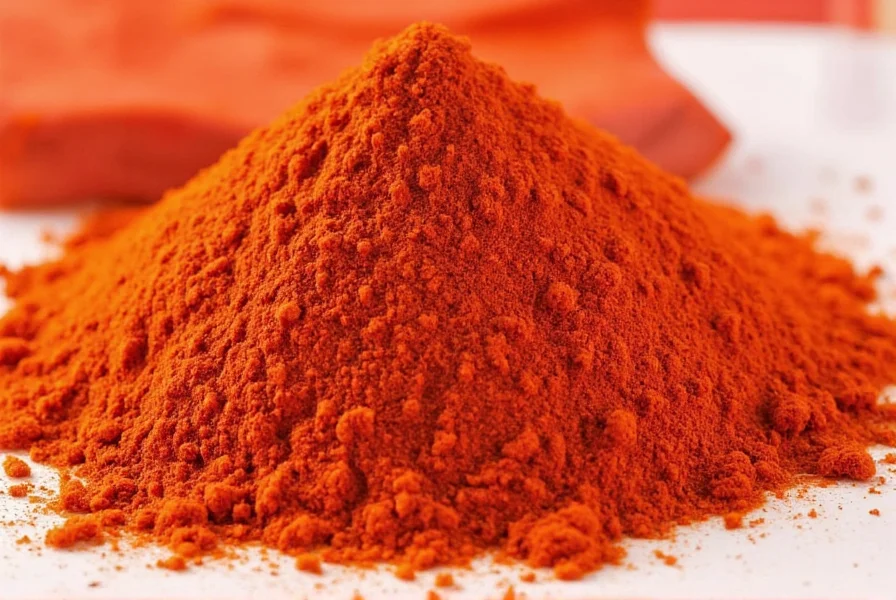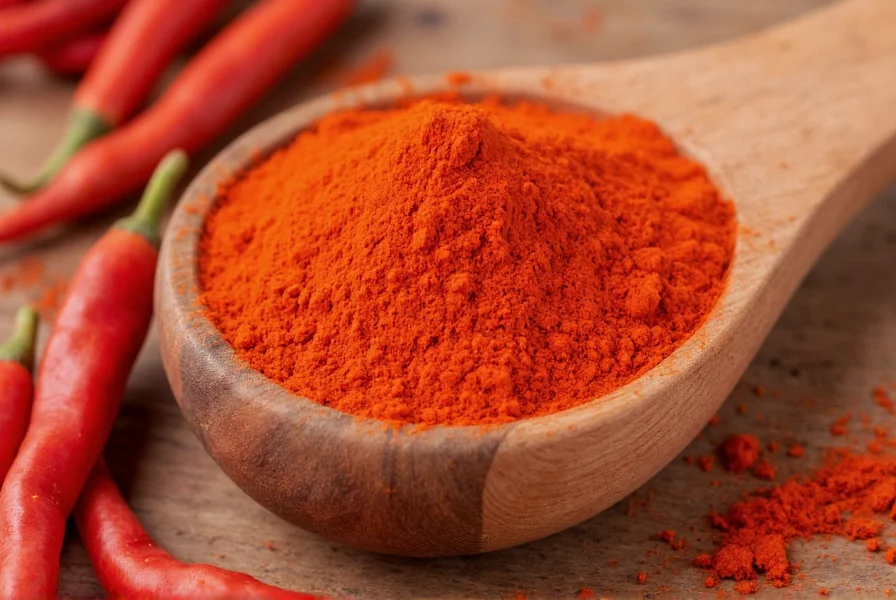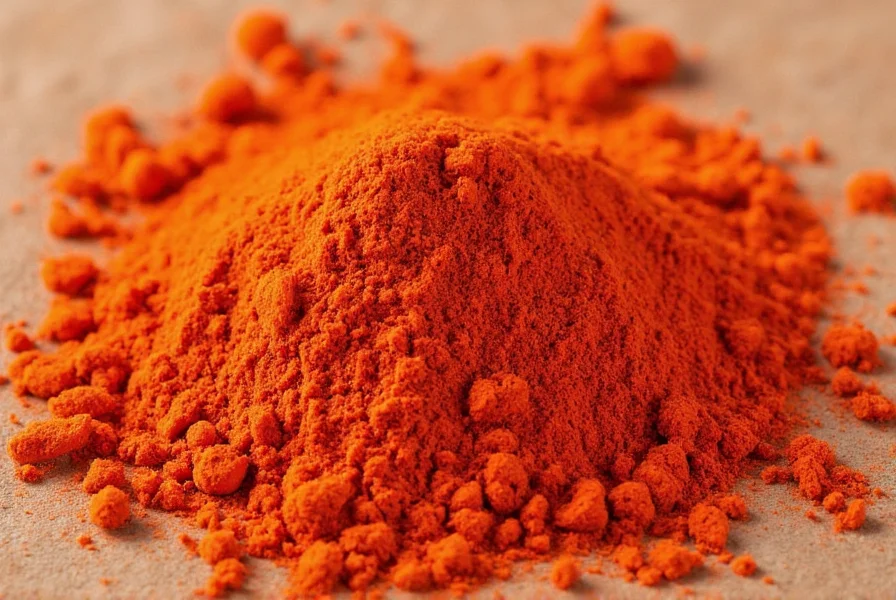Powdered cayenne pepper has become a staple in kitchens worldwide, valued for its intense heat and distinctive flavor profile. Unlike fresh cayenne peppers that vary in potency and have limited shelf life, the powdered form offers consistent heat levels and extended usability. Understanding how to properly select, store, and utilize this versatile spice can significantly enhance your culinary creations while potentially delivering health benefits supported by scientific research.
What Exactly Is Powdered Cayenne Pepper?
Powdered cayenne pepper consists of dried cayenne peppers that have been finely ground into a consistent powder. The cayenne pepper itself belongs to the Capsicum annuum species, the same family as bell peppers and jalapeños, but with significantly more heat. During processing, ripe cayenne peppers are harvested, dried (either sun-dried or using mechanical dehydrators), and then milled to a fine consistency.
Many people confuse powdered cayenne pepper with generic "red pepper flakes" or paprika, but these are distinct products. While red pepper flakes typically contain a mixture of辣椒 varieties and include seeds and membrane fragments, pure cayenne powder consists solely of ground cayenne pepper flesh. This difference significantly impacts both flavor profile and heat consistency when cooking with how to use powdered cayenne pepper in cooking techniques.

Understanding Heat Levels and Measurement
The heat of powdered cayenne pepper is measured using the Scoville scale, which quantifies capsaicin concentration. Fresh cayenne peppers typically range from 30,000 to 50,000 Scoville Heat Units (SHU), and this translates directly to the powdered form when properly processed. For context, this makes cayenne approximately 12-25 times hotter than a jalapeño (2,500-8,000 SHU) but significantly milder than habanero peppers (100,000-350,000 SHU).
When working with scoville units of cayenne pepper powder, it's important to understand that heat levels can vary between brands based on growing conditions, pepper maturity at harvest, and processing methods. Commercial producers often blend peppers to maintain consistent heat levels across batches, which is why professional chefs prefer specific brands for recipe consistency.
Culinary Applications and Usage Tips
Chefs value powdered cayenne pepper for its ability to distribute heat evenly throughout dishes. Unlike fresh peppers where heat can be concentrated in certain areas, the powder integrates smoothly into sauces, rubs, and batters. This makes it particularly valuable for substituting cayenne powder in recipes that require uniform heat distribution.
When converting between fresh and powdered forms, use this reliable ratio: 1 fresh cayenne pepper equals approximately 1/8 to 1/4 teaspoon of cayenne powder. This conversion accounts for the water content removed during drying. For those exploring powdered cayenne pepper vs red pepper flakes, remember that flakes provide texture and visual appeal but less consistent heat, while powder delivers predictable spiciness without altering texture.
| Common Substitution Ratios | Fresh to Powder | Other Pepper Equivalents |
|---|---|---|
| 1 fresh cayenne pepper | = 1/8-1/4 tsp powder | = 1/2 tsp red pepper flakes |
| 1/4 tsp cayenne powder | = 1 small fresh pepper | = 1/2 tsp crushed red pepper |
| 1 tsp cayenne powder | = 4-5 fresh peppers | = 2 tsp paprika + pinch cayenne |
Nutritional Profile and Research-Backed Benefits
The primary active compound in cayenne pepper is capsaicin, which accounts for both its heat and potential health properties. One teaspoon (2 grams) of cayenne powder contains approximately:
- 6 calories
- 13% of daily vitamin A needs
- 8% of daily vitamin E requirements
- 6% of daily vitamin C
- Trace amounts of vitamin B6, potassium, and manganese
Research suggests capsaicin may support metabolic health through several mechanisms. Studies published in the Journal of Nutritional Science and Vitaminology indicate that dietary capsaicin can modestly increase energy expenditure and fat oxidation. Other research in Appetite journal suggests it may promote satiety and reduce calorie intake when consumed before meals. However, these effects are generally modest and should be viewed as complementary to overall healthy eating patterns rather than standalone solutions for health benefits of cayenne pepper powder.
Proper Selection and Storage Techniques
When purchasing powdered cayenne pepper, look for vibrant red color and a strong, clean aroma. Dull color or musty smells indicate age or improper storage. The finest quality powders feel smooth rather than gritty, suggesting thorough processing. For those concerned with proper storage for powdered cayenne pepper, follow these guidelines:
- Store in an airtight container away from light and heat
- Keep away from humidity sources like dishwashers or sinks
- Use within 6-12 months for optimal flavor and potency
- Consider refrigeration in humid climates to extend shelf life
Exposure to light, air, and moisture causes capsaicin degradation, resulting in diminished heat and flavor. Properly stored cayenne powder maintains its potency significantly longer than many other ground spices. When stored correctly, you'll get the most value from understanding how much cayenne powder equals fresh cayenne in your recipes over time.

Common Misconceptions and Safety Considerations
Several myths surround cayenne pepper usage. Many believe it damages the stomach lining, but research in the Journal of Neurogastroenterology and Motility suggests regular consumption may actually strengthen gastric mucosal defense. Another misconception is that cayenne significantly raises body temperature; while it creates a sensation of heat, core body temperature changes are minimal.
When handling powdered cayenne pepper, exercise caution as the fine particles can become airborne and irritate eyes and nasal passages. Always add cayenne gradually to dishes, tasting as you go, since its heat builds slowly. Those with gastrointestinal sensitivities should introduce it gradually to assess tolerance. Remember that dairy products like milk or yogurt provide immediate relief from capsaicin's burning sensation, while water merely spreads it.
Final Considerations for Culinary Success
Mastering the use of powdered cayenne pepper requires understanding both its culinary properties and limitations. Unlike fresh peppers where you can control heat by removing seeds and membranes, powdered form delivers consistent heat throughout. This makes precise measurement crucial, especially when adapting recipes or cooking for those with varying heat tolerances.
Professional chefs often toast cayenne powder briefly in oil before adding other ingredients to deepen its flavor profile without increasing heat intensity. This technique works particularly well in Indian and African cuisines where complex spice layers are essential. When experimenting with how to use powdered cayenne pepper in cooking, remember that heat perception builds gradually, so allow several minutes after adding before adjusting further.
Whether you're a home cook exploring new flavors or a professional chef perfecting recipes, understanding the nuances of powdered cayenne pepper will enhance your culinary repertoire while potentially delivering some research-supported health benefits. The key lies in respecting its potency while appreciating the distinctive flavor it brings to diverse cuisines worldwide.











 浙公网安备
33010002000092号
浙公网安备
33010002000092号 浙B2-20120091-4
浙B2-20120091-4